Printed Circuit Boards (PCBs) are the heart of all electronic devices. They connect and support electronic components. While electrical performance is often the main concern of PCB design, the physical shape of the PCB is also important. It affects manufacturing cost and product performance. In this article, we will look at how the PCB shape affects manufacturing costs, electrical performance, and overall product design.
What Are Design Rules for PCB?
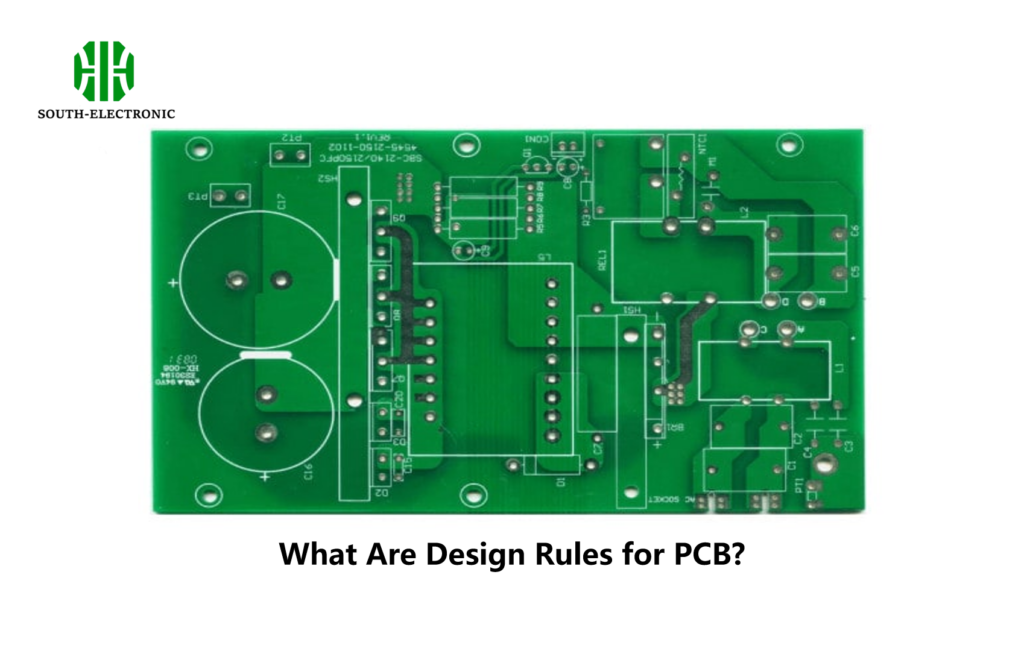
PCB layout follows specific rules to ensure both functionality and manufacturability. When it comes to shape, the key design rules include:
1. Component Placement and Routing:
Efficient placement of components affects the overall shape and layout of the PCB. Circular or odd-shaped PCBs can make routing more difficult, requiring more layers and increasing costs. Design software like DipTrace or Altium lets you create efficient layouts.
2. Clearance and Trace Width:
Irregular shapes may demand tighter trace widths in certain areas, which could affect signal integrity. Following design rules for trace clearance, especially near edges, is critical for reliable performance.
Key Considerations When Creating a Schematic Design for a PCB
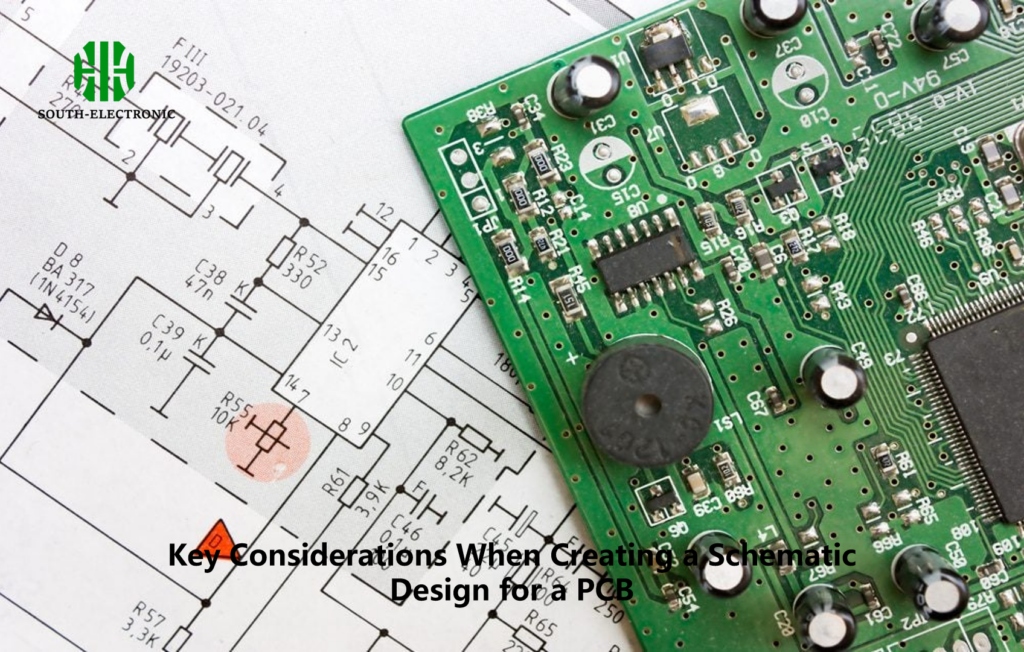
A PCB schematic translates a design's electrical needs into a functional layout. While most design considerations focus on the electrical aspects, the shape also plays a vital role.
1. Impact of Shape on Electrical Parameters:
- Current and Voltage Considerations: Complex shapes can lead to uneven current distribution, impacting the thermal performance.
- Signal Integrity: Irregular shapes might introduce sharp corners or tight routing paths, which may cause signal reflection or crosstalk.
2. Thermal Management:
Odd-shaped PCBs may have unequal heat dissipation, causing thermal stress. Designers must ensure that components generating heat are placed in areas that allow for optimal airflow and heat sinking.
Factors to Consider When Designing a System on PCB
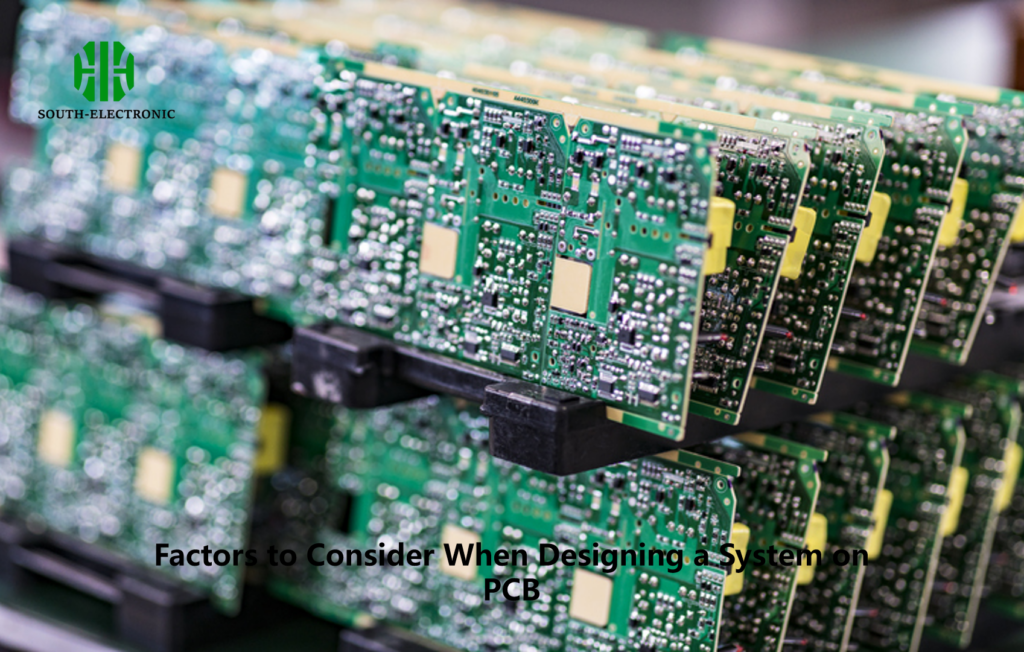
1. Material Usage and Waste:
A rectangular PCB design typically uses the available board material efficiently. In contrast, a circular or irregularly shaped PCB generates more waste, leading to higher manufacturing costs.
2. Manufacturing Efficiency:
Weird shapes usually need extra tooling when you make them, which costs more money. In general, square and rectangular circuit boards are faster and cheaper to make because they fit together easily on the panels.
Does PCB Size and Shape Matter?
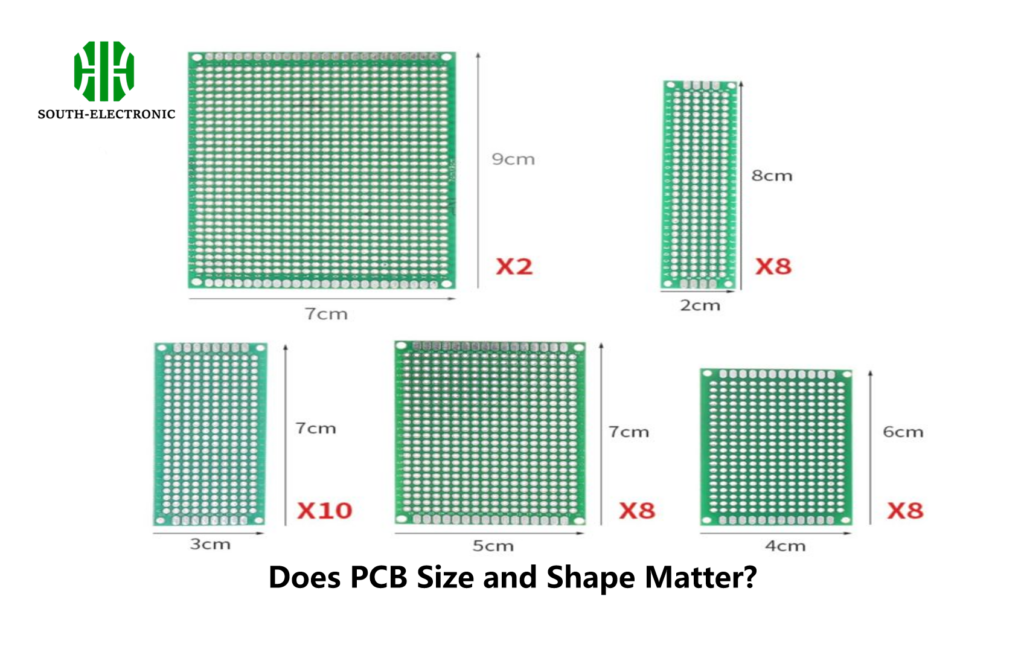
Yes, both size and shape matter significantly when it comes to PCBs. Size influences how many PCBs can fit on a manufacturing panel, affecting cost, while shape impacts the overall performance and fit in the final product.
1. Cost Implications of PCB Shape:
A standard rectangular PCB shape is generally more cost-effective than irregular shapes. Manufacturers often charge extra for producing non-standard shapes due to the additional effort and material wastage.
Cost Comparison of PCB Shapes
| PCB Shape | Manufacturing Cost (Estimate) | Material Efficiency | Routing Complexity |
|---|---|---|---|
| Rectangular | Low | High | Low |
| Circular | Medium | Medium | Medium |
| Irregular | High | Low | High |
2. Effect on Enclosure Design:
The PCB has to fit in the enclosure. A good PCB design makes the best use of space, which means you can make your product smaller and cooler. But if you have a weird shape, you can't find a box to fit it, so you have to make a custom box, which costs more money.
Practical Considerations for PCB Shape Selection
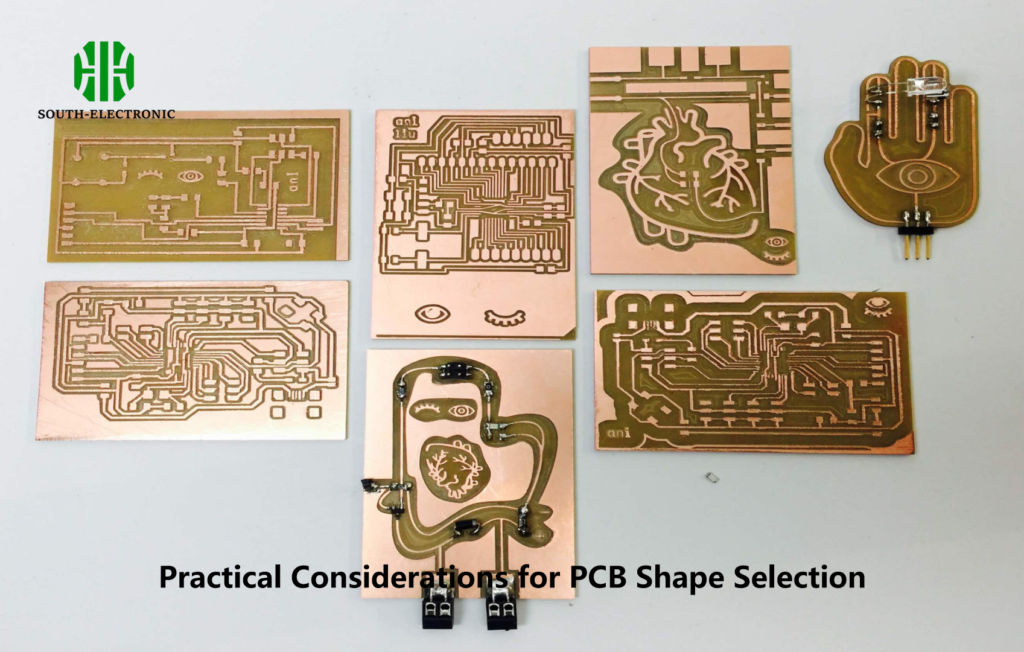
1. Design Flexibility:
If the enclosure allows for flexibility, the PCB can take on a shape that maximizes performance and space utilization. In applications where the enclosure shape is fixed, the PCB must be designed to fit within those constraints.
2. Aesthetics vs Functionality:
In consumer electronics, the appearance of the PCB may matter less than its ability to perform and fit within the product’s casing. However, in specialized fields like wearable technology, the shape might be integral to the device's design and user comfort.
Conclusion
PCB shape matters a lot more than people might initially think. It affects manufacturing cost, electrical performance, and how well the PCB fits within a product's enclosure. Here are the key takeaways:
- Standard shapes like rectangles are the most cost-effective and efficient for manufacturing.
- Irregular shapes can lead to increased material waste, higher costs, and more routing complexity.
- Designers must balance performance, cost, and aesthetic considerations when choosing a PCB shape.
When you're designing a PCB, you have to think about the shape of the board just as much as you think about the electrical design. Sometimes, you might want to use an irregular shape for a specific reason, but you have to think about the cost and performance trade-offs. If you plan it out right, you can get the best of both worlds and have a board that works great and looks great.



